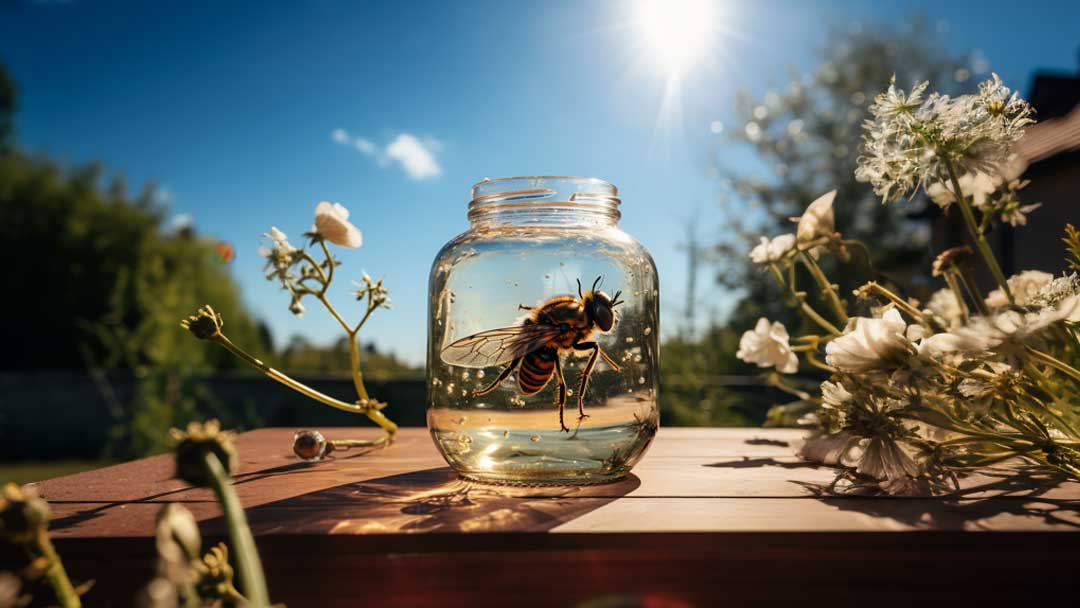Choosing the Right Fly Trap: A Comprehensive Guide
Flies are more than just a nuisance; they can be a serious health hazard, carrying diseases and contaminating food. Whether you’re dealing with a fly infestation in your home, garden, or farm, selecting the right fly trap is crucial to effectively control these pesky insects. Here’s a comprehensive guide to help you choose the perfect fly trap for your specific needs.
1. Identify the Type of Flies
Different species of flies are attracted to different things. House flies might be drawn to food waste, while fruit flies are attracted to ripe fruits. Knowing the type of flies you’re dealing with will help you choose a trap with the right attractant.
Where you plan to place the trap plays a significant role in your decision. Outdoor traps are designed to withstand weather conditions, while indoor traps are often more discreet and aesthetically pleasing. Consider the specific area you need to target, such as near garbage bins, compost piles, or animal enclosures.
2. Determine the Location
Where you plan to place the trap plays a significant role in your decision. Outdoor traps are designed to withstand weather conditions, while indoor traps are often more discreet and aesthetically pleasing. Consider the specific area you need to target, such as near garbage bins, compost piles, or animal enclosures.
3. Consider Safety Factors
If you have pets or small children, safety is a paramount concern. Look for traps that use non-toxic attractants and don’t contain harmful chemicals. Many modern fly traps rely on food-grade ingredients, making them safe for both pets and humans.
4. Evaluate the Size of the Infestation
The size and capacity of the trap should align with the extent of the fly problem. For a minor issue in a small apartment, a simple sticky trap might suffice. For larger infestations, especially outdoors, a reusable trap with a higher capacity will be more effective.
6. Assess Aesthetics and Design
While functionality is key, you might also want a trap that blends in with your surroundings, especially if it’s placed in a visible area like a kitchen or patio. Many traps are designed with aesthetics in mind, offering a balance between effectiveness and appearance.
7. Read Reviews and Recommendations
Customer reviews and expert recommendations can provide valuable insights into the effectiveness of a particular trap. Look for products with positive feedback and consider seeking advice from professionals if you’re dealing with a severe infestation.
8. Set a Budget
Fly traps range in price from inexpensive sticky strips to sophisticated electronic devices. Determine your budget and find a trap that offers the best value for your money without compromising on quality and effectiveness.
Summary
Selecting the right fly trap is not a one-size-fits-all solution. It requires careful consideration of various factors, including the type of flies, location, safety, size of infestation, maintenance, aesthetics, and budget. By understanding your specific needs and doing thorough research, you can find the perfect fly trap that not only eliminates those annoying insects but also fits seamlessly into your environment.
Whether you’re looking for a simple solution for your home or a robust trap for agricultural use, the right fly trap is out there, waiting to make your space fly-free and comfortable.

